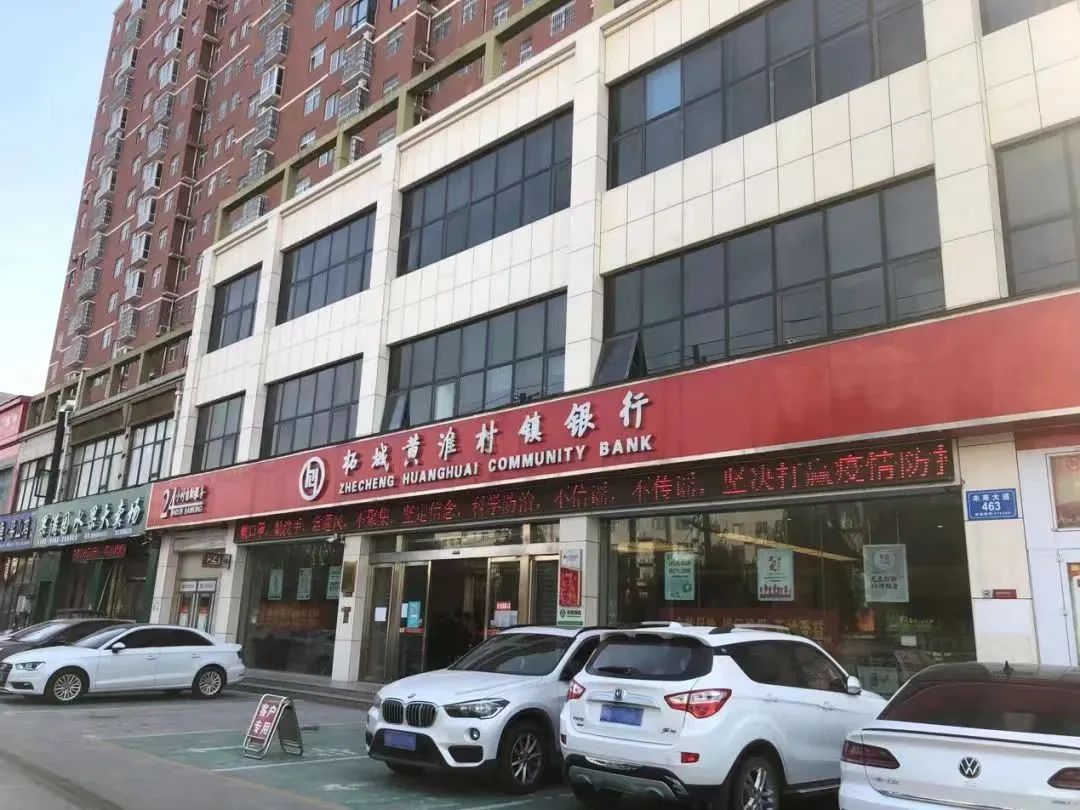[Economic KE] Resolving the risk of village banks, the Politburo meeting expressed his statement
Author:Knight Island Time:2022.08.01

This column is jointly produced by Xia Ke Island and "China Economic Weekly"
This is the 93rd article of Economic KE
On July 28, the financial risk of village banks, which received much attention, was on the agenda of the Central Political Bureau Conference. The meeting proposed that we must maintain the overall stability of the financial market, properly resolve the risks of some local village banks, and severely crack down on financial crimes.
Since April this year, village banks have been the focus of public opinion. After the incident of "bursting thunder" and "red code for saving households", from mid -to -late July, banks such as Henan and other places began to pay the deposit principal, ranging from 50,000 yuan to 150,000 yuan.
At the same time, many officials from Henan Supervision Bureau, Kaifeng Supervision Bureau, and the Zhengzhou Central Branch of the People's Bank of China were investigated. Earlier, the two directors of the Rural Small and Medium Financial Institutions Supervision Department of the China Banking Regulatory Commission had been dismissed.

Village and township banks involved (source: "China Economic Weekly")
one
Generally speaking, the central bank's credit risk rating of financial institutions is divided into 11 levels, of which 1-7 is a high-risk, the operation is relatively stable, the risk is controllable; The D -level indicates that the agency has closed down, is taken over or revoked.
Not long ago, the "China Financial Stability Report" (2021) released by the central bank showed that as of the second quarter of 2021, among the 4,400 banking financial institutions in the country, the risk rating of agricultural cooperation and village banks was the highest. 271 and 122, respectively, accounting for 93%of the total number of high -risk institutions.
For a long time, small and medium -sized banks have limited operating areas, product research and development capabilities are weak, long -term storage is difficult, and the cost of liabilities is high. Most of the time, they can only find high -risk customers to lend loans. If you are not careful, you can easily impact the business foundation.
In the past few years, thanks to regional advantages and high deposit interest, village bank deposit products were favored by many storeders. However, as the Internet platform deposit products are removed, the interest -making products are suspended, and the scale of structural deposits has dropped, the problem of village banks has gradually exposed. For example, there are few offline outlets and a single source of funds. In addition, large banking institutions have sinking, high -quality customers have become increasingly lost, and many village banks have high debt costs. As a result, village and township banks continued to take high interest rates. For example, when absorbing regular deposits, most village banks' interest was significantly higher than that of state -owned banks, and the hidden dangers of funds were buried.
Village and township banks are generally weak in resistance, and one of the performances is that the capital strength is not strong. Taking the registered capital as an example, according to the relevant requirements, the village and towns banks are set up in the local (city), and the registered capital shall not be less than 50 million yuan; the establishment of village and township banks in the county (city) shall not be less than 3 million yuan; in the township (Town) Establish a village bank, and the registered capital shall not be less than 1 million yuan. Throughout the country's 1651 village and township banks, the registered capital is up to 30 million yuan to 100 million yuan. The lowest in Fenxi County Taihang Village Bank Co., Ltd., with a registered capital of only 6 million yuan.
On the other hand, village banks have poor asset quality, and loan losses have a low coverage. (Note: the higher the cover coverage, the stronger the bank's resistance to risk). According to statistics from the CBRC, as of the end of December 2021, the overall non -performing loan rate of commercial banks was 1.73 %, of which the urban commercial bank (1.9 %) and the Rural Commercial Bank (3.63 %) had a high non -performing rate, and there were large repetitiveness.
According to the "Report on the 2021 Village and Towns Bank Research Report", in 2018, 2019, and 2020, the non -performing loans of village and township banks were 3.66%, 3.7%, and 4%, respectively, and increased year by year.
The results of the profit concentrated reflect the bank's capital strength, liability costs and asset risk management capabilities. According to the statistics of corporate early warning, of the more than 1,600 village banks, only 354 of the latest data in 2021 were publicly disclosed, only 20 % of the latest data; from the disclosed data, 305 profitable village banks, with a net profit of more than 100 million yuan 5 Home, the lowest net profit is only 28,800 yuan; 28 village banks with net loss have occurred, accounting for 8%.
The performance is a bit unable to take it.
In addition, issues such as scattered equity and chaos in management have made some village banks worse. For example, the person involved often controls several village and towns banks such as affiliated shareholding, cross -holding, capital increase, and shareholding, and controlling bank executives, and illegally transfer funds through fictional loans.

Behind the scene control (source: visual China)
two
Although the scale of village banks' assets accounts for not high in the assets of China's banking industry, its business safety is related to the vital interests of the large -scale farmers. Once a large -scale crisis occurs, it will inevitably have an impact on the entire banking system. Risk risk of banks.
How to resolve these risks? From the perspective of supervision, the risks of small and medium -sized banks have to plan ahead, and they cannot wait for the liquidity to be rescued. For example, when the liquidity of the bank is lower than a certain level, the supervision must be strongly involved and resolutely requires the major shareholders to inject liquidity or control the property of the major shareholders; , Be sure to track down funds and work hard to recover according to law; if bank shareholders are included in the list of dishonest people, they must quickly intervene in the investigation and carefully evaluate the impact on bank operations.
To eliminate supervision of gray areas and dead ends, it is necessary to further clarify the regulatory border and responsibilities of the banking of the Banking and China Insurance Regulatory Commission and the local financial regulatory authorities to the supervision border between urban commercial banks, rural commercial banks, and village and township banks. The China Banking Regulatory Commission regularly sends risk prompts to the risk changes in various regions. In short, the more the banks with low operating management standards and weak risk capabilities, the more strict supervision is needed to prevent small and medium -sized banks from falling into the crisis of liquidity. It is worth noting that liquidity is the "lifeline" of small and medium -sized banks. It is necessary to find out the structure and scale of capital exchanges between small and medium -sized banks to prevent the "burning camp".
Regulatory supervision must be advanced, and the liquidity risk status, bottom number and liquidity crisis of small and medium -sized banks that are already in high risk are made as soon as possible, and plans for response are made early. For village banks delineated as high -risk, the resolution plan should be implemented in accordance with the "one line and one policy".
Not long ago, the person in charge of the Central Bank Financial Stability Bureau talked about the construction of a financial stability guarantee fund that the backup fund pool, which is treated with major financial risks, is of great significance to maintaining financial stability.
As the saying goes, if you are not afraid of rats in the granary, you are afraid of mouse watching the granary. Many cases have proved that the reason why some financial institutions have operated illegal and illegal operations, there are always regulators behind them. Strictly preventing regulatory corruption is the key to ensuring the safe operation of financial institutions and the basis for protecting the rights and interests of financial consumers.
Text/"China Economic Weekly" special writer Guan Huanfei
Edit/Yunge, 云 云
- END -
China's ten years · Chinese story 丨 Hainan: high -quality construction of free trade ports

Xinhua News Agency, Haikou, July 29th: Hainan: High -quality construction of free ...
"Chengdu" Chengdu City's national unity and progress creation work training class to study in Wuhou District to study

On June 30, more than 100 students from the Chengdu National Unity and Progressive...